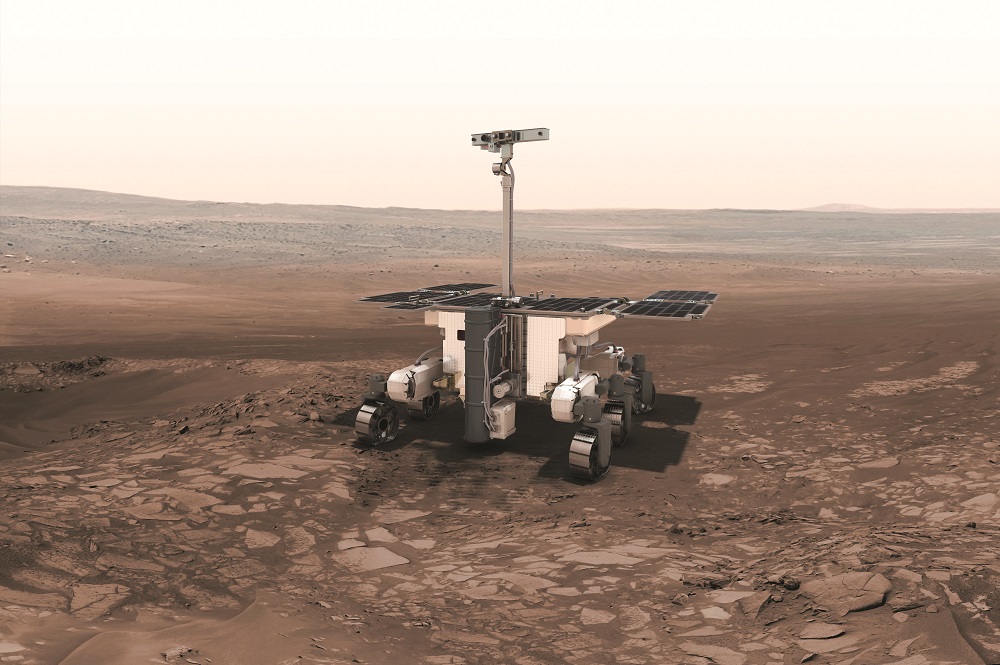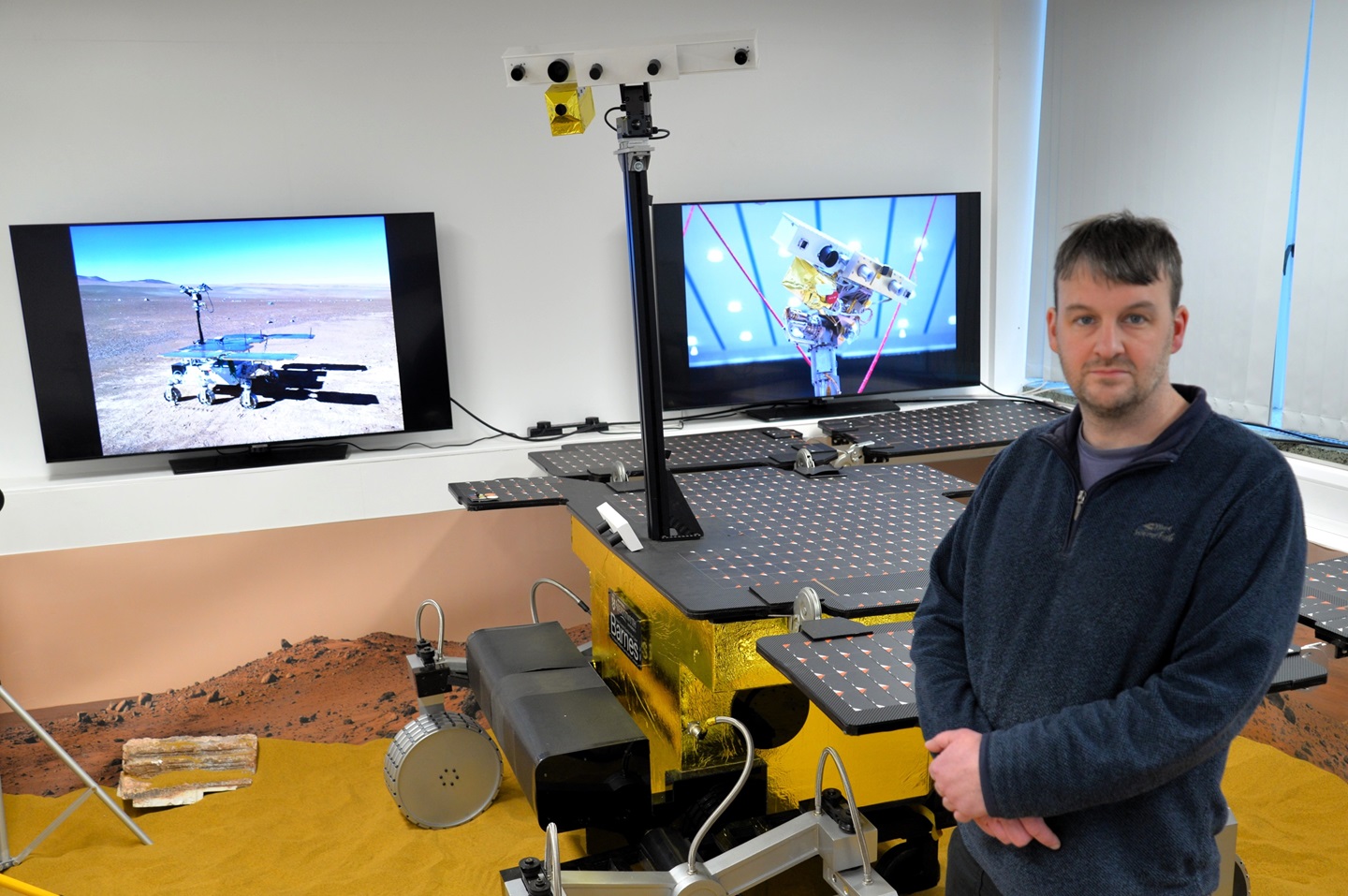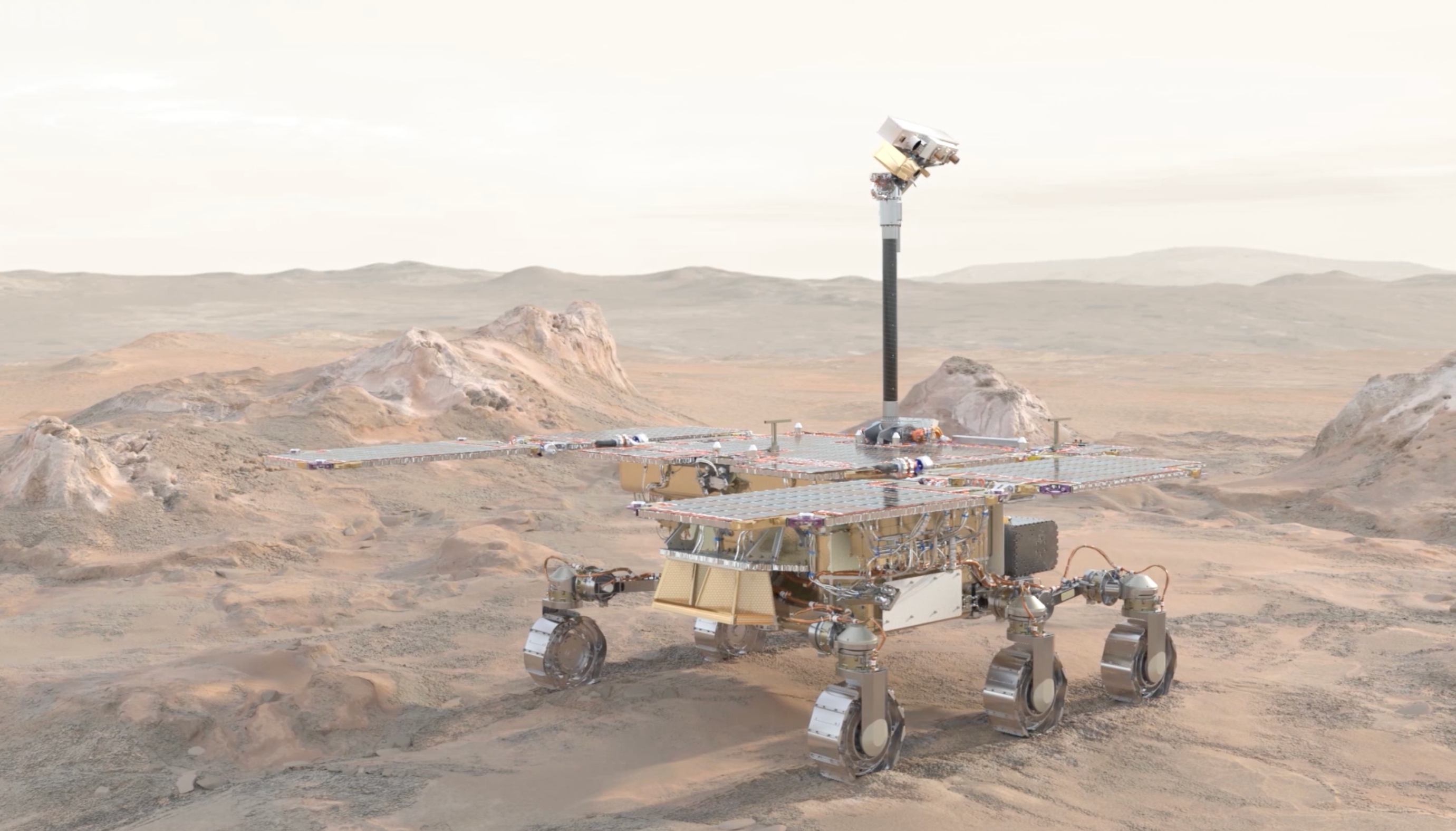FighterJock
ACCESS: Above Top Secret
- Joined
- 29 October 2007
- Messages
- 5,608
- Reaction score
- 5,937
View: https://twitter.com/jeff_foust/status/1595419793431343105
View: https://twitter.com/bbcamos/status/1595402742016638976Aschbacher: exploration budget includes funding for ISS operations, EL3 lunar cargo lander, and ExoMars. Expect NASA to contribute to ExoMars launcher, braking engine and RHUs (radioisotope heating units.)
Rosalind Franklin. Fully funded. €360m. To start work on a landing system. #CM23
Good news, now get the rover to Mars.View: https://www.youtube.com/watch?v=91dW9pUA1BI
That brings back memories siegecrossbow.












